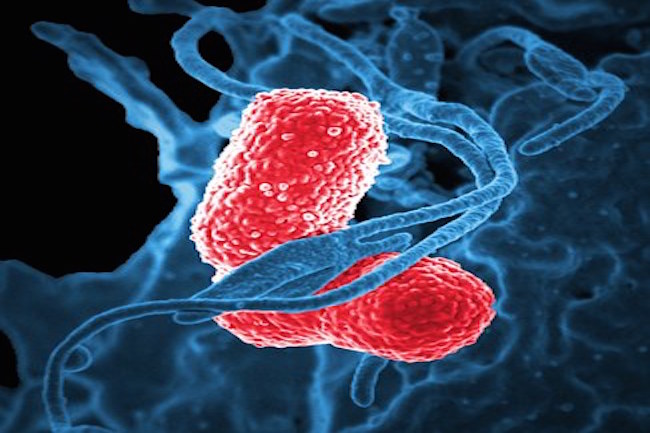Immune system first-responders identified: Scientists discover how the body reacts to bacterial invasions by: Michelle Simmons Natural News
A new study analyzed the “first-responders” of the immune system and how the body responds to the invasion of bacteria.
Researchers at the KU Leuven Department of Cellular and Molecular Medicine in Belgium found that the cells lining the upper respiratory tract are the first to defend the body from harmful bacteria that enter the lungs and which could cause infections. These cells identify the lipopolysaccharide (LPS) molecule which are found in many bacteria, such as the ones that cause pneumonia. Then, these signal the immune cells to begin fighting the invading bacteria. However, even though these immune cells are powerful, their response is slow and cannot handle every immediate reaction needed by the body, such as inflammation and fever. (Related: Boosting immune system with natural methods offers many health benefits.)
The researchers unveiled an immediate response mechanism against bacterial infections in the upper respiratory tract. The researchers also found that the lipopolysaccharides stimulate certain ion channels in the cells lining in the upper respiratory tract. Ion channels serve as gates or passageways for charged atoms that enter and leave the cell.
“Our study shows that our body’s strategy to fight off bacterial infections is not limited to previously identified immune pathways,” said Karel Talavera Pérez, lead author of the study.
For infections found in the lungs, the activated ion channels open for calcium to enter. As a result, this stimulates a variety of antibacterial responses within minutes, such as direct antimicrobial action, increase in clearance of airways, and the regulation of the inflammatory innate immune reaction.
“So-called TRPV4 [transient receptor potential vanilloid 4] ion channels play a role as well: they are essential to our body’s earliest defense mechanism against bacterial invasion. If we want to develop more effective treatments, these ion channels are well worth investigating in greater detail,” Pérez explained.
“We conclude that LPS-induced activation of TRPV4 triggers signaling mechanisms that operate faster and independently from the canonical TLR4 [Toll-like receptor 4] immune pathway,” the researchers wrote in their study.
The findings of the study were published in Nature Communications.
Other research on TRPV4
The ion channel TRPV4 had been previously found to be helpful in defending the body against diseases. A study unveiled that TRPV4 in the liver opens the door to treating non-alcoholic fatty liver disease. The team of researchers from the University of South Carolina, Duke University, University of Alabama at Birmingham, and Metabolon Inc. Research Triangle Park found that TRPV4 stimulates the release of nitric oxide that blocks CYP2E1, which is a primary contributor to non-alcoholic liver disease and its development.
Non-alcoholic fatty liver disease develops when there is an accumulation of extra fat in the liver and liver inflammation that is not caused by alcohol. People who are overweight, obese, or have diabetes, high cholesterol or high triglycerides have a higher risk of this disease.
However, the researchers also warned that inhibiting the TRPV4 ion channel can have its consequences, which include enhancement of hepatotoxicity. This, in turn, can result from acetaminophen or alcohol over-consumption.
“This means that one has to be careful when aiming to inhibit TRPV4 for therapeutic purposes, such as when treating pain, inflammation or itching, or other conditions, in particular when inhibiting TRPV4 by systemic application of TRPV4-blockers,” said Wolfgang Liedtke of the Duke University School of Medicine who first identified TRPV4.




